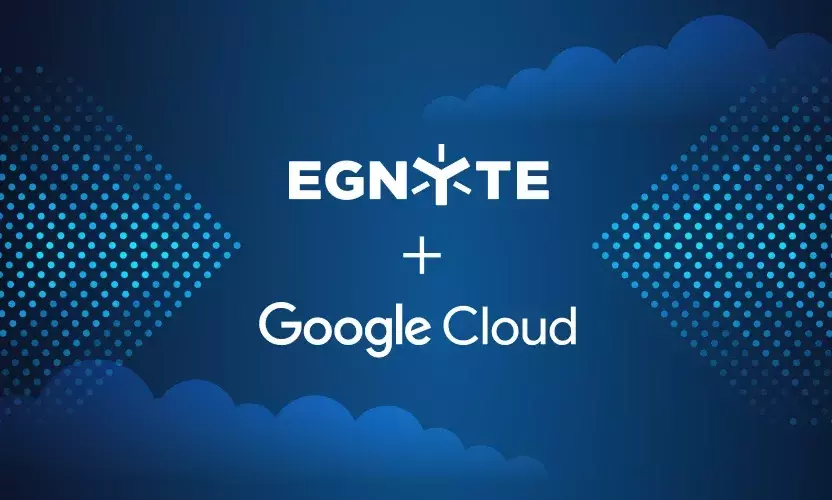Egnyte in the News
By Vineet Jain
Forbes.com
February 10, 2011
Several years ago when the word "cloud" was more associated with weather than the Internet, there was an online storage company called X Drive. It was a good product. Users loved it. In 2005, the company was acquired by AOL - which shut the site down in 2008. Why? X Drive was built on the freemium business model and was committed to supporting several million free users. The company simply couldn't monetize their free users or convert them to the premium product. Over time, less than two percent of users converted to paying customers - which, unfortunately, is just about the industry standard.
The thinking was that X Drive could build a solid user base, get people hooked on their software features and, eventually, these free customers would grow up and become paid clients. The freemium business model is an attractive proposition and one that has become such a common practice in today's technology startup world that there are very few voices questioning this practice.
For X Drive and other companies, however, the model just hasn't worked. WebEx used to have a free version of its WebEx Office. They eventually shut it down after a year. Similarly, eFax stopped promoting their free fax service a long time ago. Despite the faith in the freemium business model of a lot of my colleagues in Silicon Valley, the math does not add up, and that is why I ultimately decided not to embrace the freemium business model when I founded my company four years ago.
First some background. My startup, a company called Egnyte that provides hybrid cloud storage services to small- to medium- sized enterprises, requires a lot of infrastructure. In order to support our clients' storage and file server needs, we need to purchase, deploy, manage, secure and back up powerful servers and storage solutions. Every resource that is allocated to a free user and every hour in support spent helping a free user comes at the cost of a paying user. The risk in this scenario is that a paying client's storage goes down for an hour because our resources were spread too thin supporting free users. Additionally, free users have different requirements than paying customers and responding to these needs takes the product development focus off the paying customers. It's just not a good business practice.
The math backs that up. In a typical freemium model, you can expect to support 50 free users for every paying customer. Given that it costs $1 per month for Egnyte to support our lowest-level customer (20 GB storage plan), it would cost $51 every month to support those 51 users. For a provider operating at scale, we'd need a gross margin of 70 percent to stay in business, meaning that we'd have to charge our one paying customer $85 a month for 20 GBs of storage. That price point is simply not sustainable.
Sure, a lot of people would say that we could subsidize the freemium business model for a few years until we built up a loyal customer base, then switch to a paid service. Some companies have done this, such as Chargify.com, but they often had to fight destructive customer service and public relations battles. Changing your pricing structure is unfair to customers who rely on your product and services to run their business. I'd rather grow steadily with a sustainable business model that makes it easier to support the customers you do have.
So that's what we did at Egnyte. By eschewing the freemium business model and by charging our customers a fair price for our cloud storage services, we've built a business that is growing 20 percent month over month.
For the many companies that adopt the freemium model, the most common exit strategy is to be acquired by a larger company who can swallow the losses for a time and make up the customer service gap. Or, they go under. Given the resources that are required to support free customers and the low conversion rate of customers becoming paid clients, giving away your product for free can destroy the viability of your business.
Building a sustainable business is not solely dependent on building a loyal customer base. Instead, it is dependent on building high-quality support and services around a powerful product and pouring all your resources into servicing your paying customers.
My mother used to tell me that nothing in life is truly free. Once your customers realize that, they're out the door and you are left holding the bag.



